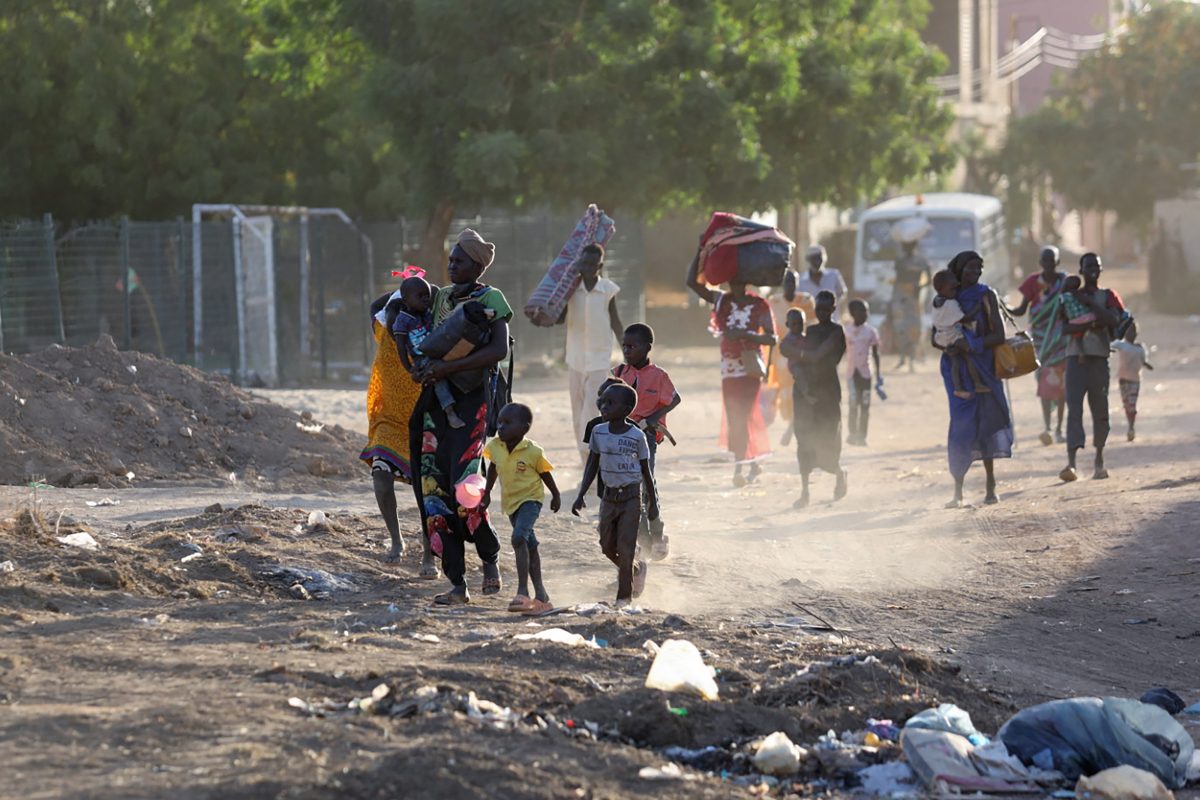The United Nations humanitarian agency in Ethiopia said that increased amounts of humanitarian aid has continued to arrive in Ethiopia’s war-torn Tigray region following November peace deal.
In its latest report issued on Thursday, the UN Office for the Coordination of Humanitarian Affairs (UNOCHA) however said malnutrition rates are critical and alarmingly high.
“Between mid-November of last year, following the Cessation of Hostilities Agreement, and the end of December, more than 3,000 trucks carrying food, as well as health, shelter, water and other supplies, have been brought into the region through four road corridors” said OCHOA.
The East African Daily has learnt that during the last week of December alone it assisted 368,000 people in Tigray with some health and nutrition supplies also been sent by air.
“Since mid-November, food has been distributed to more than 2.2 million people” said the agency’s report.
“However, some areas remain challenging to reach, including some border areas in the north and some areas off the main roads”
According to the latest report, malnutrition rates remain alarmingly high, with one third of children screened in late December found acutely malnourished and 4 percent of them severely malnourished.
The Ethiopian government and Tigray People’s Liberation Front (TPLF) signed a peace agreement last November which ended two years of war which claimed the lives of more than half a million people.
The peace deal has led to the lifting of aid and basic services blockades imposed by the government against the Tigray region.
Accordingly, Ehiopian Airlines has resumed passenger flights to Mekelle and Shire cities, banking services have started in the capital Mekelle on 2 January with some having re-opened in other parts of Tigray in December.
Telecommunications services and electricity supply have also been restored in larger parts of the region.
However, full banking services, public transportation and the delivery of commercial supplies have not yet resumed.
According to OCHOA, Humanitarian needs remain extremely high in parts of the neighboring Afar and Amhara which were affected by the conflict.
“The distribution of food and other assistance continues, although gaps remain including in areas where people are returning to their homes”
Meanwhile, in eastern and southern Ethiopia, communities continue to suffer from the devastating drought which is affecting the Horn of Africa’s region.
As a result, “nearly 12 million people are estimated to be food insecure and more than 8 million people need water sanitation and hygiene assistance” the UN agency cautioned.
Apart from situation in Northern Ethiopia, an active cholera outbreak also continues in parts of the Oromia and Somali regions.
“The humanitarian response is being scaled up in drought-affected areas, but we need more resources”
While fighting has calmed in Tigray, clashes are being reported in Ethiopia’s southern Oromia region.
Ethiopia’s Oromo and Amhara ethnic groups blame each other for allegedly deadly attacks since November.
According to UN, delivery of aid to Oromia region is being hampered due to the ongoing violence in the region which is displacing thousands of civilians.
As of December 30, more than 14,000 people fleeing conflict from Oromia arrived in neighbouring Amhara region.




No fuel for Tigray yet! Transport is expensive and inflation is still extremely high (my estimation is over 300%, considering some basic items).